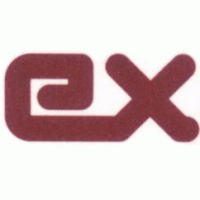An alignment on a multiple of 4kb (8x512 bytes sectors) is needed on the new 4 Kb sector hard disks
...and for all SSD and flash disks too, because it drastically speeds up r/w operations. I'm using .img file as RAM disk, so the first partition starts at 63 sector, not 2048

That is machine code.
Some Ice-Aged programmers used it to write functions which
�Run fast
�Need only some memory to run.
Machine code is something like that: B8 01 02
Assembler code is something like this: mov ax, 0201
It looks like a language

Greatest assembler feature is full contol over all that your program doing.
Using high-level languages You build Your programs from bricks, using low-level (assembler) You build even not from grain of sand but from atoms.
Perhaps, you should explain us what is "pure assembler"
"Pure" means not assembler fragments in C++ or Delphi, but whole source written in assembler language and compiled using assembler compiler such as TASM, MASM, NASM or FASM.
I prefer Flat Assembler due to it is new, modern and very easy-to-use compiler. You only need two files: first, the fasm.exe and second, your.asm source code, that's all! Result is your.exe executable file which may be windows GUI application.
In what way is this different from qemu-img.exe which can create many different formats of VHD (except it is command line program).
I am sorry, I still haven't found good manuals explaining VHD format. I know one difference between a fixed VHD and an image of HDD partition is the last 512-bytes sector of VHD with special structure. Can anybody tell me about this structure format?
So my util produces only an image of one HDD partition (with MBR before, as it is on real HDD).
I am not sure it is possible to mount VHD with imdisk...
Edited by Divetoxx, 06 December 2011 - 08:29 PM.





















